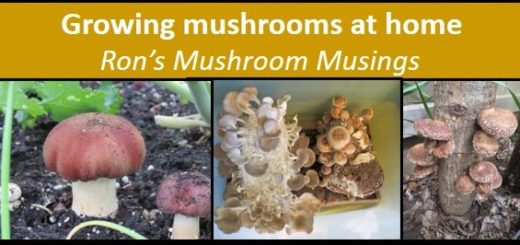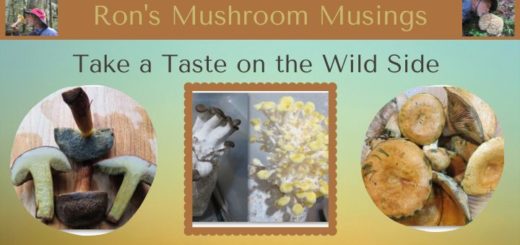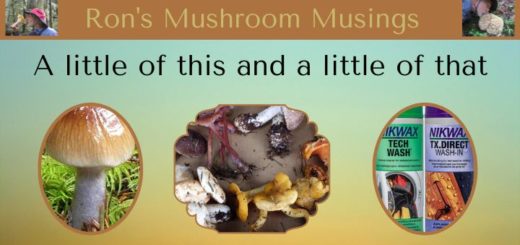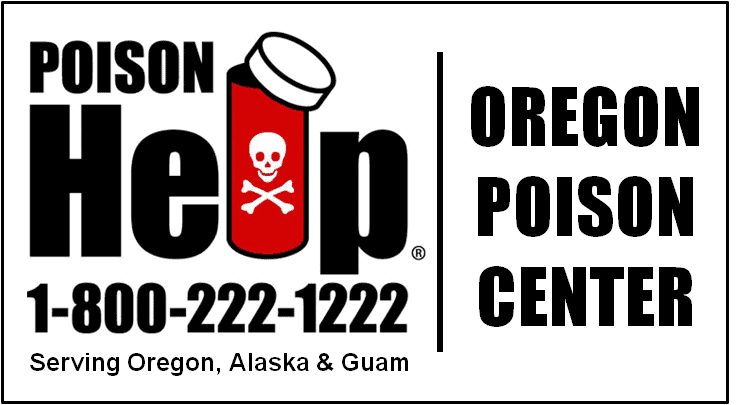Time to Join the Club
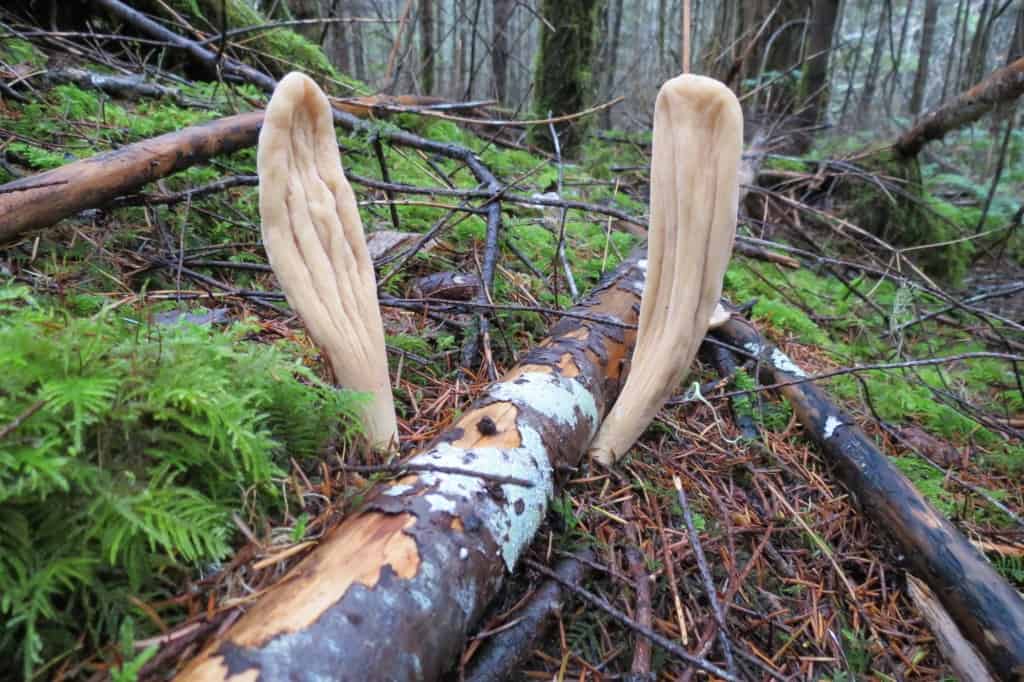
Are these the ears of an unfortunate bunny rabbit trapped under a fallen branch? Perhaps; however, upon closer observation, that conclusion now seems somewhat unlikely. Besides, writing an article about an ill-fated bunny is just bad press. What we actually found were a couple of excellent specimens of Clavariadelphus occidentalis, more commonly called club mushrooms or club coral. In the first part of the genus name, you find the Latin word Clava which translates to Club and with a little imagination you can visualize a club like shape. There are up to several dozen named club mushrooms within the genus Clavariadelphus, all sharing that club like stature. This species can be more than 5 inches tall and occur singly or in clusters. While most books and online photos depict a classic club shape for this mushroom it can also take on a little different look as with this branched specimen. Why mushrooms can’t adhere to more clinical norms will always remain a mystery to me.
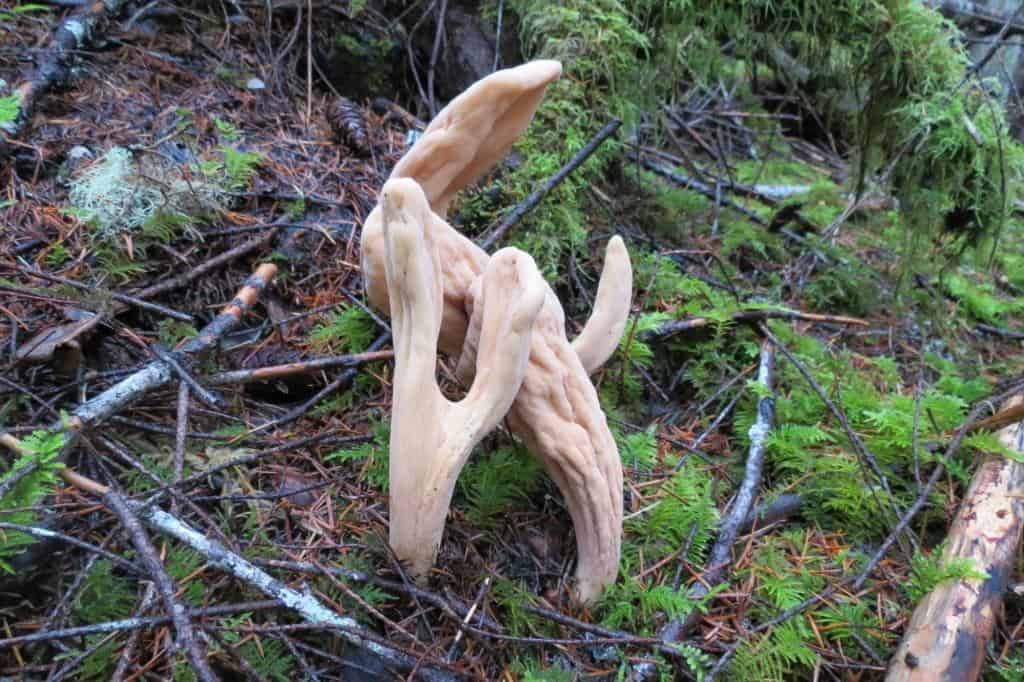
Noah Siegel describes the edibility of this mushroom as “Edible but often bland or bitter and tough.” On the other hand, the Mykoweb website states that “David Arora claims that the taste and texture are reminiscent of stale rope.”; certainly not the most positive endorsement of a mushroom’s edibility. Although wouldn’t one have to have actually tasted stale rope to truly make that comparison? I’m just asking.
If your primary objective is to actually try eating a club coral and stale rope is not your preferred flavor, a better choice would be Clavariadelphustruncatus or more commonly known as the Candy Club, due to its sweet taste. This club fungus has a flattened to slightly rounded top with a wrinkled and vertically ridged base. Both species of club coral can be found growing in the duff under conifers in the fall after the rains start falling.
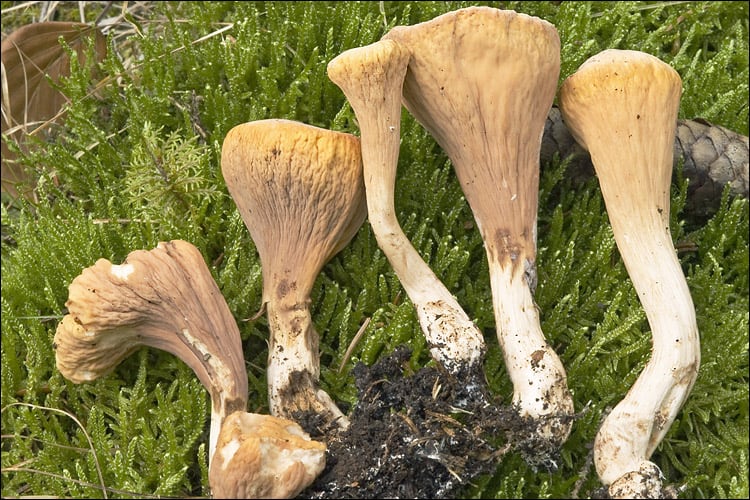
Once you start looking for these interesting fungi, you’ll also start to notice many other club-shaped mushrooms belonging to other related genera like Clavaria and Clavulinopsis. As for the edibility of these club mushrooms, I found this reference in the book Mushrooms of the Pacific Northwest “The edibility of the small clubs is largely unknown, but the larger forms of clubs are regularly collected and eaten in the PNW, although none is particularly renowned. In general, the group is a relatively safe one as none of the species is thought to be dangerously toxic.” That said, caution should always be taken when consuming these or any other wild mushrooms. Make certain you identify what you have found and check several references to make certain of its edibility. Bringing your collection to a CMS meeting for identification is also a great idea. Happy Trails and Safe hunting.
References;
Photo of Clavariadelphus truncates by Dr. Amadej Trnkoczy
Clavariadelphus occidentalis on Mykoweb
Clavariadulphus truncatus on Mykoweb
Mushrooms of the Pacific Northwest by Steve Trudell & Joe Ammirati
Mushrooms of the Redwood Coast by Noah Siegel and Christian Schwarz

